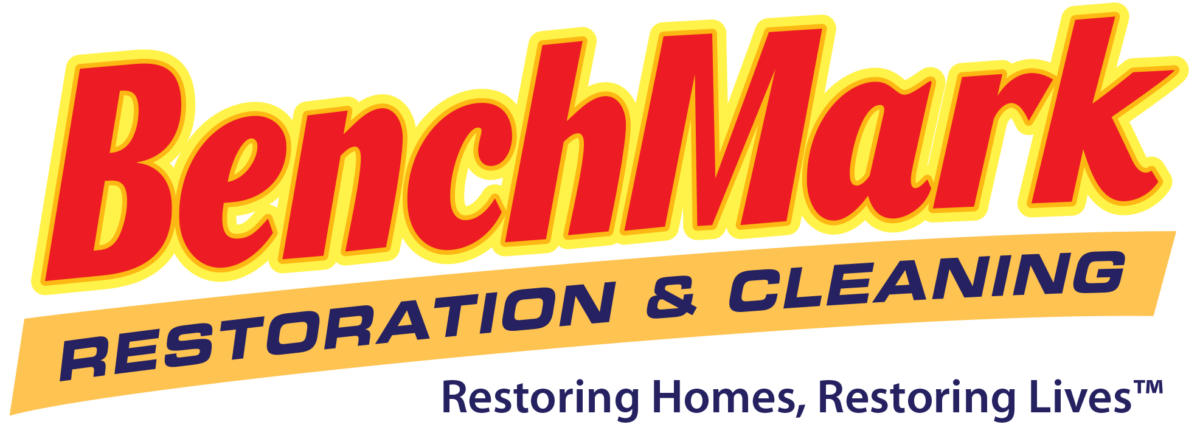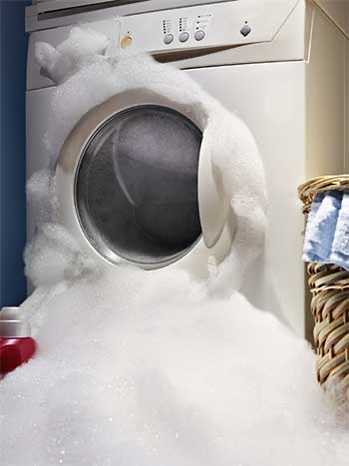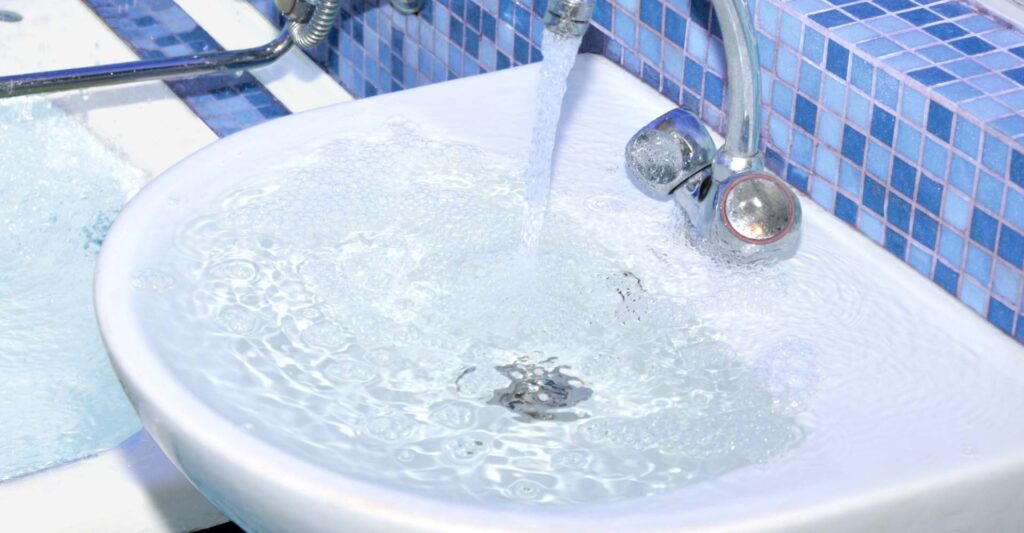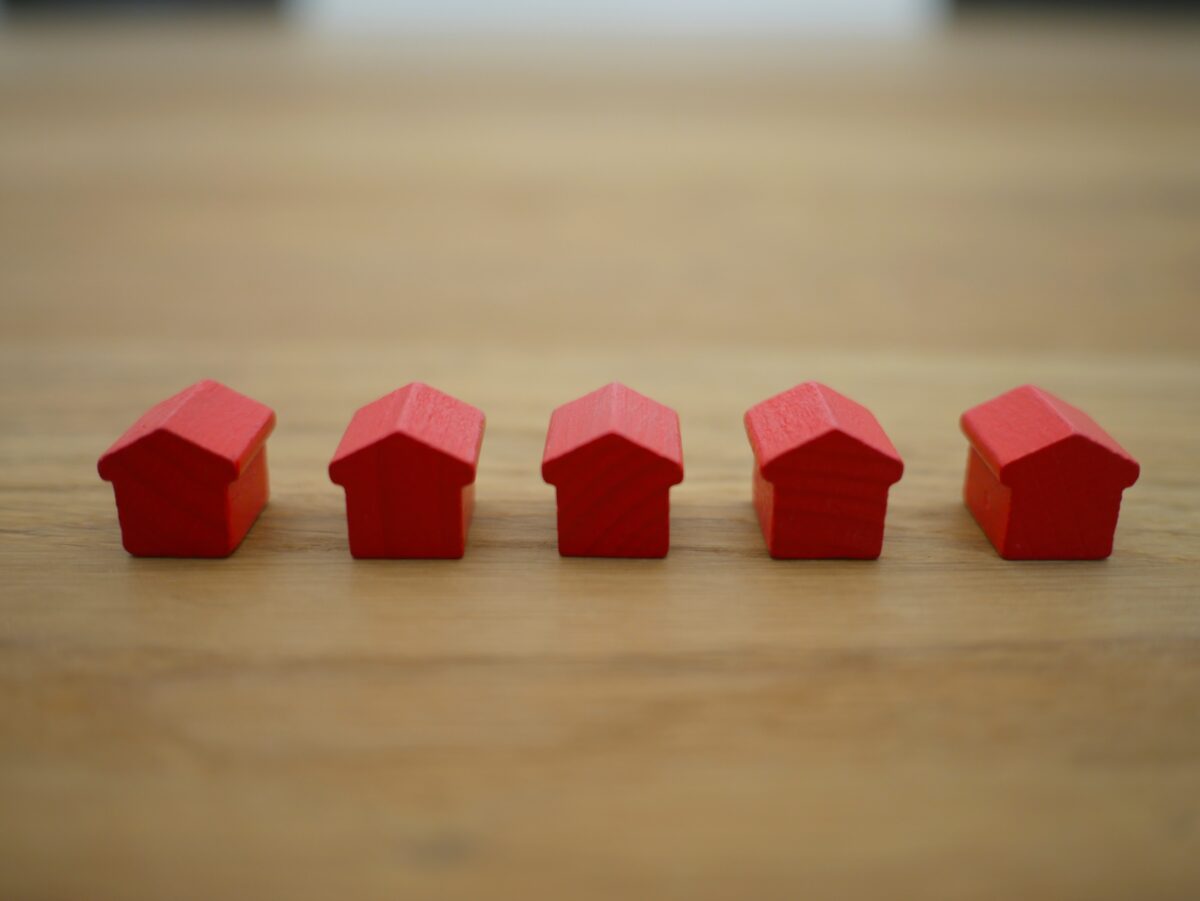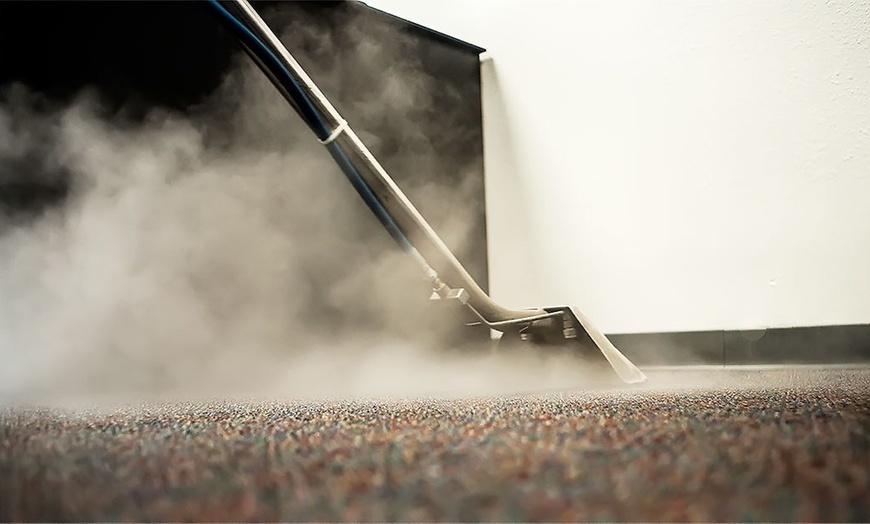Cleaning A Rug With Dog Pee
Updated November 17th, 2023
Hey, my pet owners! THIS IS AN UPDATE:
Today, I want to tackle a real-life challenge that many of us pet owners face – cleaning up after our furry friends. Specifically, I’m diving into the messy world of dealing with dog pee on your favorite rug. Now, I know it’s not the glamorous topic we usually discuss, but let’s face it, life gets messy, and we’ve got to clean it anyway!
First thing’s first
First things first, if you think that you can clean better (no offense) than Benchmark Restoration & Cleaning, with the solutions, the equipment, the cleaning trucks that cost a quarter of a million dollars than your crazy!
But if you’ve got a canine companion, accidents happen. And you want to do it yourself It’s not a matter of if, but when. But fear not, because I’m about to drop some serious knowledge bombs on how to clean that rug like a boss.
- Act Fast, Clean Harder: You’ve got to jump on that pee stain like you jump on opportunities – fast and with determination. The longer you wait, the tougher it gets. Grab some paper towels, old rags, or anything absorbent and blot, blot, blot. Soak up as much of that liquid as possible.
- Natural Allies: Vinegar and Baking Soda Let’s talk about two of my favorite natural cleaning warriors – vinegar and baking soda. Mix equal parts water and vinegar in a spray bottle and saturate the stained area. Then, sprinkle some baking soda on top. It’s going to fizz, and that’s the magic happening. Let it sit for 15 minutes and then scrub away. This combo will neutralize the odor and lift the stain.
- Enzyme Cleaners – Game Changer Alert: If you’re serious about obliterating that dog pee, invest in an enzyme cleaner. These bad boys break down the proteins in the urine, eliminating both the stain and the smell. Apply it generously, let it work its magic, and watch the stain disappear.
- Steamy Success: If your rug can handle it, break out the steam cleaner. This powerhouse will blast away any remaining residue and leave your rug looking and smelling fresh. It’s like the power of social media engagement, but for your floor coverings.
- Learn from the Experience: Just like in business, every challenge is an opportunity to learn and grow. Consider this dog pee debacle a lesson in resilience. Maybe it’s time to implement a stricter potty routine for your pup or invest in some puppy training pads. Learn from the experience, adapt, and hustle on.
So there you have it, my friends – a no-nonsense guide to cleaning dog pee by youself from your rug. Life is full of messy moments, but as long as you tackle them head-on and stay resilient, you’ll come out on top. Now go out there and crush it – both in business and in cleaning up after your furry friends! 🐾💪 #DogPeeNoMore
From the original post
There is two ways to achieve the goal of cleaning a rug with dog pee in it. 1.) Do it yourself, 2.) Hiring a professional. In this article you will read how both are performed, and the upside, and downside of both. If you are wanting to clean an area rug with dog pee, you’ve found the right place.
See other D.I.Y. posts from Benchmark Restoration & Cleaning
DIY How To Clean A Rug With Dog Pee
Cleaning a rug that has been soiled with dog urine can be a daunting task, but with the right tools and techniques, it can be done effectively. Here is a step-by-step guide on how to clean a rug with dog pee:
Materials you’ll need:
- Paper towels or a clean cloth
- Enzymatic cleaner
- A spray bottle
- Baking soda
- Vacuum cleaner
Step 1: Act Quickly The first step in cleaning up dog urine from a rug is to act quickly. The longer the urine sits on the rug, the more difficult it will be to remove the odor and stain. So, as soon as you notice the urine, grab some paper towels or a clean cloth and blot up as much of the urine as possible. Be sure to press down firmly and absorb as much liquid as possible.
Step 2: Apply Enzymatic Cleaner Once you have removed as much urine as possible, it’s time to apply an enzymatic cleaner. These cleaners contain enzymes that break down the proteins in urine, eliminating the odor and preventing your dog from marking the same spot again. Follow the instructions on the bottle and saturate the affected area with the cleaner.
Step 3: Let the Enzymatic Cleaner Soak In After applying the enzymatic cleaner, allow it to soak into the rug for at least 10-15 minutes. This will give the enzymes time to break down the urine proteins.
Step 4: Blot the Area After allowing the cleaner to soak in, use a clean cloth or paper towels to blot the area once again. This will remove any excess moisture and help to remove any remaining urine.
Step 5: Apply Baking Soda Sprinkle a generous amount of baking soda over the affected area. Baking soda is a natural deodorizer and will help to absorb any remaining odors. Allow the baking soda to sit on the rug for at least 30 minutes.
Step 6: Vacuum the Rug After the baking soda has had time to sit, use a vacuum cleaner to remove it from the rug. Be sure to use the crevice tool to get into the edges of the rug where the urine may have seeped.
Step 7: Repeat if Necessary If the odor and stain are still present after the first attempt, repeat the process. It may take several attempts to completely eliminate the odor and stain.
In conclusion, cleaning a rug with dog pee may seem like a daunting task, but it can be done with the right tools and techniques. Remember to act quickly, use an enzymatic cleaner, and be patient. With a little effort, you can restore your rug to its former glory.
Hiring a Professional to Clean a Rug With Dog Pee
When hiring a professional to clean a rug with dog pee, there are a few important factors to consider. Here are some things to look for:
- Experience and Expertise: Look for a company that has experience in cleaning rugs and carpets that have been soiled with pet urine. They should be knowledgeable about the best cleaning methods and have the expertise to handle different types of rugs and fibers.
- Certification: Make sure that the company you choose is certified by a professional organization, such as the Institute of Inspection, Cleaning and Restoration Certification (IICRC). This certification ensures that the company follows industry standards and best practices.
- Reputation: Check the company’s reputation online by reading reviews and testimonials from previous customers. Look for a company that has a high rating and positive reviews, as this indicates that they provide quality services.
- Pricing: Ask for a detailed estimate before hiring a company. Make sure that they are transparent about their pricing and that there are no hidden fees.
- Guarantee: Look for a company that offers a satisfaction guarantee or warranty for their services. This will give you peace of mind knowing that if you are not satisfied with the results, they will make it right.
- Equipment and Cleaning Products: Ensure that the company uses high-quality equipment and cleaning products that are safe for your rug and pets. They should be able to explain the cleaning products and equipment they use and their benefits.
By considering these factors, you can find a professional cleaning company that can effectively clean your rug and remove all traces of dog urine, leaving it looking and smelling fresh and clean.
How Benchmark Restoration & Cleaning Cleans a Rug With Dog Pee
Benchmark Restoration & Cleaning is a professional cleaning company that specializes in cleaning carpets and rugs, including those that have been soiled with dog urine. Here’s how they clean a rug with dog pee:
Step 1: Inspection The first step in the cleaning process is to inspect the rug for any damage or discoloration caused by the urine. They will also identify the type of rug and its fibers to determine the best cleaning method.
Step 2: Dry Soil Removal Before any cleaning can take place, Benchmark Restoration & Cleaning will thoroughly vacuum the rug to remove any dry soil or debris that may be trapped in the fibers.
Step 3: Pre-Treatment Once the dry soil has been removed, the affected area will be pre-treated with a specialized urine remover that is specifically designed to break down the proteins in dog urine. The solution is allowed to sit for a few minutes to penetrate the fibers.
Step 4: Extraction After the pre-treatment has been allowed to sit, the rug is then cleaned using a hot water extraction method. This involves using a high-pressure cleaning solution to rinse the rug and extract the urine and cleaning solution. The high-pressure water also helps to loosen any remaining dirt and debris.
Step 5: Post-Treatment After the rug has been thoroughly cleaned, a post-treatment solution is applied to neutralize any remaining odors and prevent the dog from marking the same spot again.
Step 6: Drying The rug is then allowed to dry completely. Depending on the type of rug and the severity of the urine damage, it may need to be dried using a specialized drying process to prevent any shrinkage or damage to the fibers.
Step 7: Final Inspection Once the rug has dried, Benchmark Restoration & Cleaning will conduct a final inspection to ensure that all traces of urine and odors have been removed. They will also check for any damage to the rug that may have been caused by the urine.
In conclusion, cleaning a rug with dog urine can be a difficult and time-consuming task. However, by hiring a professional cleaning company like Benchmark Restoration & Cleaning, you can rest assured that your rug will be thoroughly cleaned and restored to its original condition. With their specialized equipment and expertise, they can ensure that all traces of urine and odors are removed, leaving your rug looking and smelling fresh and clean.
The difference between doing it yourself or hiring a professional
What’s the difference between removing dog pee from an area rug myself or hiring a professional?
There are several differences between hiring a professional cleaning company to remove urine from a rug and doing it yourself:
- Expertise and Knowledge: Professional cleaning companies have the experience and knowledge to effectively remove urine stains and odors from rugs. They know which cleaning solutions and techniques to use based on the type of rug and fibers, ensuring that the rug is cleaned without causing any damage.
- Equipment and Cleaning Products: Professional cleaning companies use high-quality equipment and cleaning products that are not typically available to the average homeowner. They have access to specialized equipment, such as hot water extraction machines and industrial-strength vacuums, which can effectively remove the urine and any associated odors.
- Time and Effort: Cleaning a rug with urine can be a time-consuming and labor-intensive process. Professional cleaning companies have the equipment and expertise to clean the rug quickly and efficiently, allowing you to focus on other tasks.
- Guaranteed Results: Professional cleaning companies typically offer a satisfaction guarantee or warranty for their services. This means that if you are not satisfied with the results, they will return to re-clean the rug or offer a refund.
- Cost: While hiring a professional cleaning company may cost more than doing it yourself, it can save you money in the long run. DIY cleaning methods may not effectively remove all the urine and odor, requiring you to clean the rug multiple times or even replace it.
In summary, while it is possible to clean a rug with urine yourself, hiring a professional cleaning company can provide more efficient and effective results. They have the expertise, equipment, and knowledge to remove urine stains and odors, saving you time and effort while also ensuring the rug is cleaned without causing damage.
Want other D.I.Y. Tips?
Removing Wine Stains from Carpet This Season.
Post-Meal Carpet Cleaning: Feast for Eyes, Not Floors.
Heat Matters: The Critical Importance of Fall and Winter Air Duct Cleaning.
10 Cleaning Hacks Before Guests Hit Your Home this Season.
About the author

Hi there, I’m Adam.
I’m a water damage restoration manager for Benchmark Restoration & Cleaning and working in Vancouver Washington. When I’m not restoring homes, I’m out exploring the National Parks with family.
Benchmark Restoration & Cleaning
11419 NE 126th St, Suite #116 Vancouver Washington 98662
Phone: 360-696-4140
Email: [email protected]


